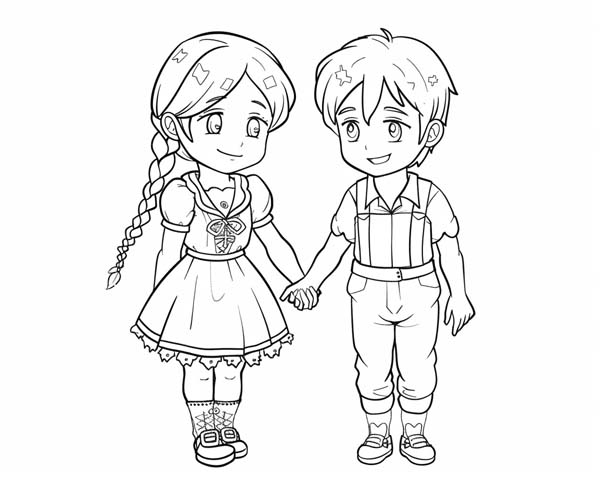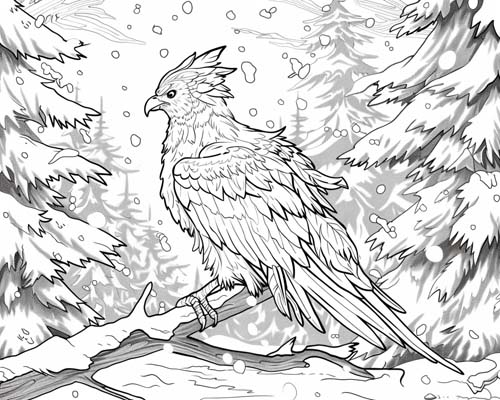Leanne's Printable Coloring Pages for Kids
Germany Coloring Pages
Welcome to our Germany coloring pages section.
Germany is a country of rich history, culture, and natural beauty. From Bavaria’s fairy-tale castles to vibrant cities like Berlin and Munich, it’s full of landmarks and traditions.
Famous for Oktoberfest, Christmas markets, classical music, and legendary figures like Beethoven and the Brothers Grimm, Germany offers a fascinating blend of history, culture, and scenic charm to explore and celebrate.
Maps of Germany:
German Coat of Arms and Flag:
Medieval Crafts >
A Bavarian or German princess, or Prinzessin, came from noble families like the Wittelsbachs and grew up in castles such as Neuschwanstein. Trained in arts, languages, and etiquette, their lives often involved arranged marriages for political alliances.
Today, they remain symbols of elegance and history, celebrated in folklore, literature, and cultural traditions like Oktoberfest.
Grimm’s Fairy Tales
The Brothers Grimm, Jacob and Wilhelm, collected and published Germany’s most famous fairy tales in the 19th century. Stories like Hansel and Gretel, Rapunzel, and Snow White capture the imagination with magical creatures, daring adventures, and timeless lessons. Their tales reflect German folklore, culture, and the rich storytelling traditions that continue to inspire readers around the world.
more Grimm's Fairy Tale coloring pages >
The Black Forest:
The Black Forest, or Schwarzwald, in southwest Germany, is famous for its dense woods, scenic villages, and folklore.
Visitors enjoy hiking, spa towns like Baden-Baden, half-timbered houses, and the region’s long tradition of crafting cuckoo clocks.
The oak tree is a powerful symbol in Germany, representing strength, endurance, and resilience. Revered since ancient Germanic times and featured in folklore, literature, and art, it has long symbolized unity and national pride.
Today, oak leaves and acorns appear on currency, seals, and monuments, continuing its role as an emblem of Germany’s strength and heritage.
The Black Forest cake, or Schwarzwälder Kirschtorte, is one of Germany’s most famous desserts. Layers of chocolate cake, whipped cream, and cherries are traditionally flavored with Kirschwasser, a cherry schnapps.
Decorated with chocolate shavings and cherries, it’s a delicious symbol of the Black Forest’s rich culinary traditions.
Symbols of Germany:
The cuckoo clock, originating from Germany’s Black Forest, is famous for its intricate wooden carvings and the small cuckoo bird that emerges with a cheerful call each hour.
Invented in the early 18th century by Franz Ketterer, these clocks combine craftsmanship and charm, making them beloved symbols of Black Forest tradition.
Dachshunds and German Shepherds are iconic German dog breeds. Dachshunds, or “badger dogs,” were bred for hunting burrowing animals and are small, tenacious, and playful. German Shepherds, developed in the late 19th century, are intelligent, loyal, and versatile, excelling in work like police, military, and guide duties. Together, they reflect Germany’s rich traditions and modern values.
Windmills have long been part of Germany’s landscape, especially in Lower Saxony and Schleswig-Holstein, where they ground grain and pumped water.
Historic mills like the Greetsiel twins are preserved as cultural monuments, reflecting German engineering and agricultural heritage.
Today, modern wind turbines continue this tradition, symbolizing Germany’s commitment to innovation and renewable energy.
Football (Soccer) in Germany:
Football in Germany is a beloved sport and cultural cornerstone. The Bundesliga is one of the world’s top leagues, with passionate fans and clubs like Bayern Munich and Borussia Dortmund.
The national team, Die Mannschaft, has won four World Cups and three European Championships. German football is known for tactical discipline, teamwork, and strong youth development.
Music in Germany:
The accordion has deep roots in Germany, where craftsmen in Saxony and Bavaria refined it in the 19th century. Companies like Hohner made it famous worldwide.
It remains central to German folk music, especially in Bavarian and Alpine traditions, playing lively polkas and waltzes at festivals, while also influencing classical and contemporary music.
Germany has a rich musical heritage, home to legendary composers like Bach, Beethoven, and Wagner. It shaped the Baroque, Classical, and Romantic eras and continues to influence modern music. Prestigious institutions like the Berlin Philharmonic and the Bayreuth Festival celebrate this lasting legacy.
Lederhosen are traditional Bavarian leather shorts, often worn with embroidered suspenders and rustic shirts. Originally made for work and outdoor activities, they are now iconic symbols of German culture, especially in Bavaria and Tyrol. Today, lederhosen are most visible at festivals like Oktoberfest, worn with pride as part of folk traditions and regional heritage.
Wildlife in Germany:

golden eagle
National bird of Germany
The Golden Eagle is a powerful symbol of strength and majesty in Germany. Featured in heraldry since the Holy Roman Empire, it appears today on Germany’s coat of arms, the Bundesadler.
Representing sovereignty, unity, and resilience, the eagle remains a lasting emblem of German heritage and national identity.
The black eagle, or Reichsadler, has symbolized German power and sovereignty since the Holy Roman Empire.
Often shown with outstretched wings, it was used by emperors and later the German Empire. Today, it appears on Germany’s coat of arms, representing unity, freedom, and democracy.
Wolves once roamed all of Germany but were hunted to near extinction by the 19th century. Since the early 2000s, they have naturally returned, mainly from Poland, thanks to conservation and legal protection. Today, wolves live in eastern rural regions like Brandenburg and Saxony. Their comeback reflects Germany’s commitment to wildlife conservation, balancing ecological restoration with human coexistence.
German Mythology and Creatures:
Hercinia
The Hercinia is a legendary bird said to live in deep, snowy forests. Its feathers glow with soft light, guiding travelers through the night. Some said the glow came from moonlight trapped in its wings; others believed it was the spirit of the forest itself, keeping wanderers safe in the dark.
Kobolds are small, mischievous creatures from German folklore. They can help around the house or cause trouble if ignored, and they are often linked to mines, where they may guide or trick miners. In modern fantasy games and stories, kobolds are clever and resourceful, sometimes working with villains or protecting their homes with surprising bravery.
German Habitats:
Wadden Sea Habitat in Germany
The Wadden Sea in Germany is a unique coastal habitat with tidal flats, salt marshes, and rich wildlife. Part of a UNESCO World Heritage Site, it is home to birds like oystercatchers, tiny shrimp, and colorful sea lavender. This ever-changing landscape helps protect the coast and teaches kids about the importance of preserving nature.



























